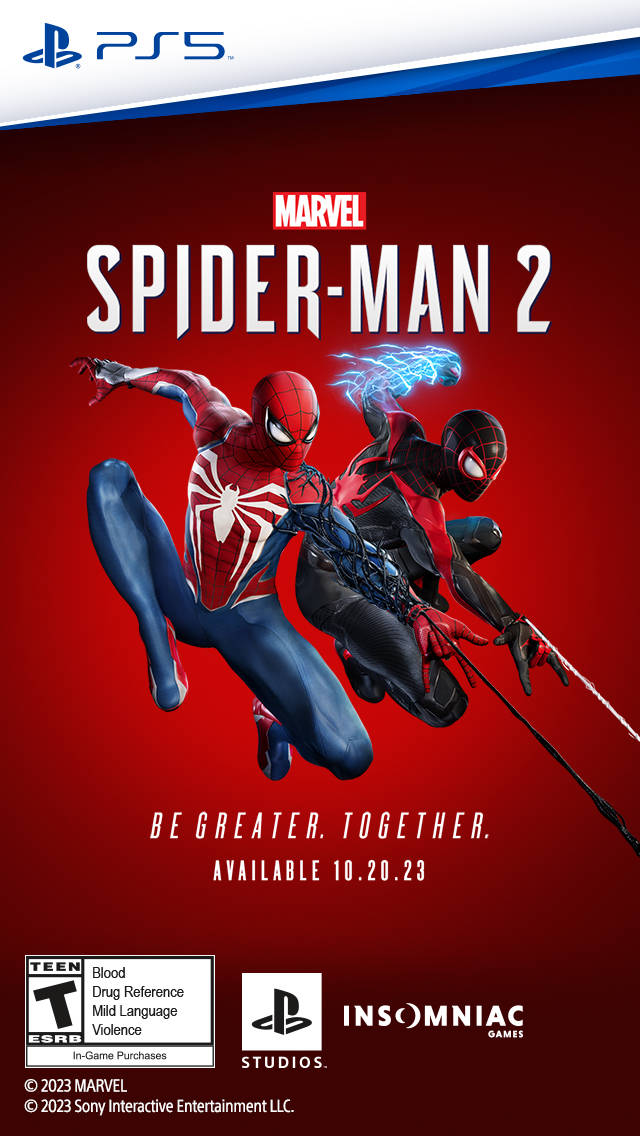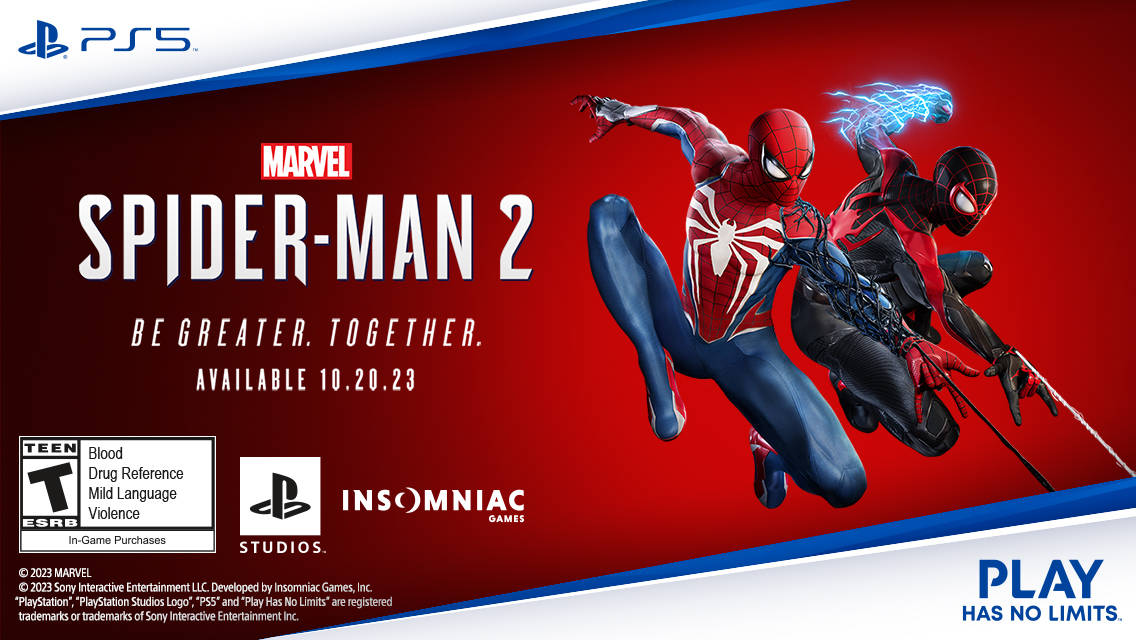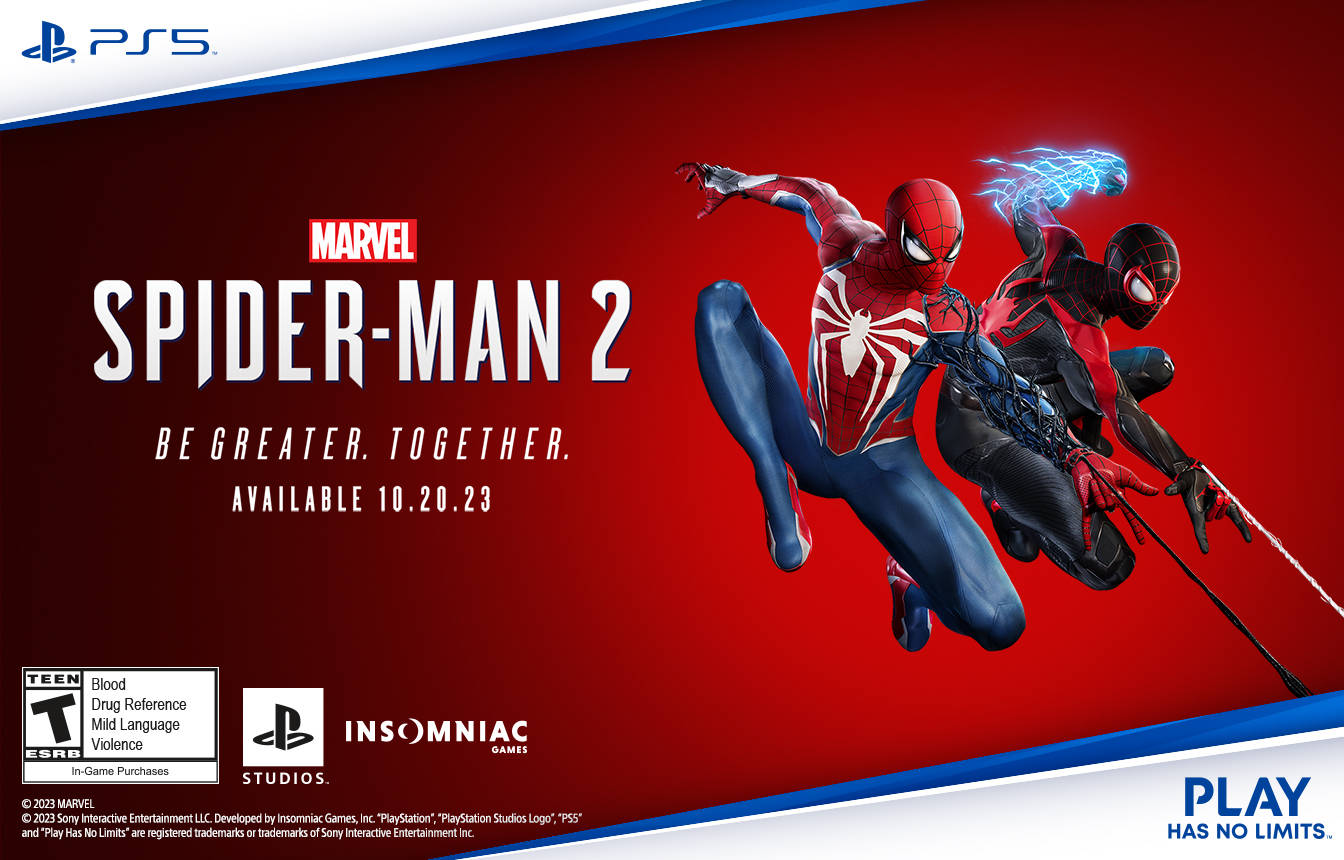To all the folks out there who were afraid that a new developer and a grittier visual style would ruin Devil May Cry, remember this: reboots are only a bad thing if they’re worse than what came before. For every Phantom Menace out there, there’s a Batman Begins or Casino Royale, and DmC falls squarely into the latter camp. Ninja Theory has expertly deconstructed the franchise’s formula, tweaked and trimmed the component parts, and rebuilt them into a experience that improves on its predecessors in nearly every aspect. The end result is a stylish, polished, and absurdly entertaining title that’s easily one of the best action games of the last decade.
Now, I don’t want to imply that DmC will be wholly unfamiliar to longtime fans of the franchise. Under his new punk rock stylings, Dante’s still a recognizable version of the same sarcastic demon hunter we all know and love, albeit a bit rougher around the edges. Combat offers a similarly high skill ceiling and enormous strategic variety, though the control scheme has been overhauled to make combos more straightforward and accessible. There are still orbs to collect and upgrades to unlock, but the entire system has been streamlined to be more intuitive.
In fact, the only aspect of DmC that’s a truly drastic departure from the norm is the visual style, which replaces the gothic architecture of the previous games with a gritty contemporary backdrop and a hefty dose of surrealism. Since nearly all of the action takes place in Limbo, an otherworldly dimension where demons can twist reality to their own ends, each level becomes a profoundly dynamic experience. Environments shrink and expand and contort themselves to trap you. Eerie crystalline structures sprout from the ground and crush the world around you. It’s a nonstop spectacle, made all the more enjoyable by the clever and surprising ways the concept is put to use across different settings.
But looks will only take you so far, and the real meat of DmC is the stellar hack-and-slash combat. As in previous games, Dante has access to both melee weapons and firearms, and there’s an onscreen Style Meter that judges your performance based on how well you’re mixing up your attacks—though it’s admittedly a bit easier to nab a high rating here. The biggest change is a new system that allows you to access your three currently equipped melee weapons on the fly. Press the attack button normally, and you’ll use your trusty sword, Rebellion. Hold down the left trigger, and it’ll transform into an Angelic weapon with its own set of combos and abilities. Hold down the right trigger, and it’ll become a Demonic one. It takes a bit of time to wrap your brain around, but once you’ve mastered it, the combat possibilities it opens up are absolutely staggering.
Above all else, the game does a phenomenal job of pacing itself, constantly introducing new weapons, skills, and enemy types to keep you on your toes. For the first few levels, you’ll hack away at enemies without much finesse, but by the time the credits roll, you’ll be stringing together combos between all of your weapons, parrying and dodging like a madman, and chaining between dozens of foes without ever touching the ground. It’s a hectic, beautiful ballet of improvised brutality. It’s art.
But that’s just the beginning. Thanks to a wealth of hidden collectibles, a mission ranking system, and four unlockable difficulty modes, the gameis positively oozing with replay value. In a refreshing move, higher difficulty levels actually have a significant effect on the overall experience, introducing new enemy behaviors, remixed combat encounters, and special rulesets—like the infamous Hell and Hell mode, in which Dante dies in one hit. At the moment, I’ve already beaten DmC four times, and I don’t expect to stop until I hit double digits.
The one weak link in the chain is the game’s story. While the voice acting performances are solid across the board, the writing is hamfisted, puerile, and endlessly derivative, managing to steal from such diverse sources as Futurama, the Occupy Movement, and They Live in one fell swoop. It’s the sort of thing you’d expect to find scrawled in the notebook of a angsty 15-year-old who just checked out his first library book about anarchism. But, in a strange way, it’s also kind of brilliant.
See, at the heart of DmC is a masterful juxtaposition of high and low art. Flashbacks are told through punked-out reimaginings of iconic Baroque oil paintings, and gritty, subversive street art mars the refined European architecture of the game’s environments. Along those lines, the story is right at home, serving as the the perfect foil to the elegance of combat, and it’s actually somewhat charming in a campy, Quentin-Tarantino-without-the-wit sort of way. The words “f*** you” are an integral part of everyone’s vocabulary. Dante shouts “Donkey punch!” when he lands a blow on one of the bosses. You’re not going to be any smarter for having played it, but it’s good, trashy fun nonetheless.
The thing is, even if DmC‘s superficial side doesn’t jibe with you, there’s enough actual substance here that you should stick it out regardless. Once you work past the culture shock and set aside your nostalgia, it’s glaringly clear that Ninja Theory is the single best thing to ever happen to the Devil May Cry franchise—eyeliner and all.
|
★★★★★
DmC is everything a reboot should be—confident, thoughtful, and brazenly unafraid to sacrifice a few sacred cows along the way. For all the backlash they've had to face, developer Ninja Theory has delivered the most polished, refreshing, and memorable hack-and-slash experience in recent memory. |
|
| DmC: Devil May Cry is available on . Primary version played was for . Product was provided by for the benefit of this coverage. EGM reviews on a scale of one to five stars. | |






